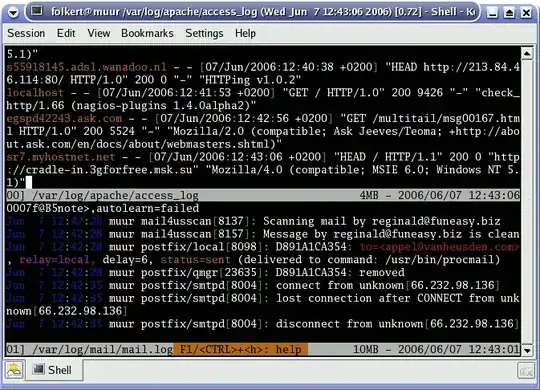A Paper Bag: To breathe into when you discover that the SQL script you wrote wasn't actually mashing up the test database after all. Oh, and your backup system crashes and now you have to wait on the phone with tech support because you don't have a support contract.
Origami Paper: To pass the time when you're on hold with tier 1 tech support at said backup software vendor.
A Stress Ball: To help when discussing the problem with Tier 1 support after they finally answer the phone.
An Ice Pack: To soothe your aching fist after pounding it into the desk when you realize it took 90 minutes just to get handed off to Tier 2 support.
A Spare Cell Phone: After you throw yours into the ground when you get disconnected just as Tier 3 support answers your call.
An Account at Monster.com and Experience in Laying Carpet: =(
--
On a slightly more serious note, having a small refridgerator can be handy especially for putting crashed hard drives in to try and recover data.
Also, it's even better if your camera phone can take video. I take video when I'm messing with BIOSs and other things that I don't have time to simultaneously document while editing.
Cough drops and nose spray for extended stays in the dry server room.
A P-Touch Labeler to label EVERYTHING even if you're certain you'll remember which patch cables connect to the security cameras.
Fingernail clippers to remove the sheath from the 4 pairs of wires in a Cat5 cable.
Silver Sharpies for when you have to mark on something that has a dark finish.
